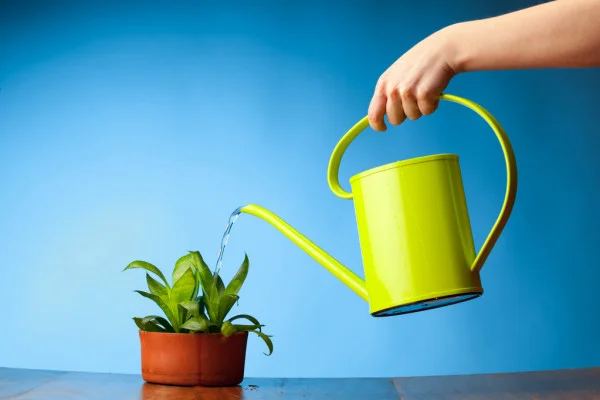Understanding Temperature for Houseplants
Some links in this post may be affiliate links

Having their origin in the tropical regions of the world, majority of houseplants require a fairly constant warm temperature during the growing season and a slightly lower temperature during the dormancy (resting) period.
Nearly all houseplants will flourish if the day temperature is within 10-250C range and a 5-100C drop in night temperature. If the temperature is not right, growth may suffer and the plant may even die.
Majority of houseplants are highly tolerant and will survive temperatures slightly above or below their preferred range for short periods of time.
However, a temperature drop of night temperature of more than 150C, could be fatal or damaging to houseplants.
Desert Cacti and Succulents are an exception as in their desert home they are adapted to hot days and cold nights.
It is important to maintain the right temperature range for your houseplants and protect them from drafts and sudden changes in temperature; keep them away from hot air vents, windy windowsills, opening doors, hot stoves among others.
Signs of wrong temperature for your houseplant
For optimum growth of your plants, it is necessary to maintain the ideal temperature. If the temperature is not right, your houseplants will exhibit the following signs.
* Leaf curl, followed by browning and leaf fall is an indication of too cold temperature.
* Lower leaves wilt, edges turn brown and the bottom leaves fall is caused by too warm temperature.
* If the flowers are short-lived, the temperature is too warm.
* Spindly growth under good light is an indication of too warm temperature.
* Leaves rapidly turn yellow and eventually fall indicates that there is a sudden pronounced change in temperature.
General Rule for Temperature for Houseplants
Houseplants need a fairly constant and moderate temperature during the growing season and a lower temperature during the resting season (cold season).
Note: There are many exceptions to this rule. Look up the requirements of your houseplant in this Houseplants A-Z Guide.


